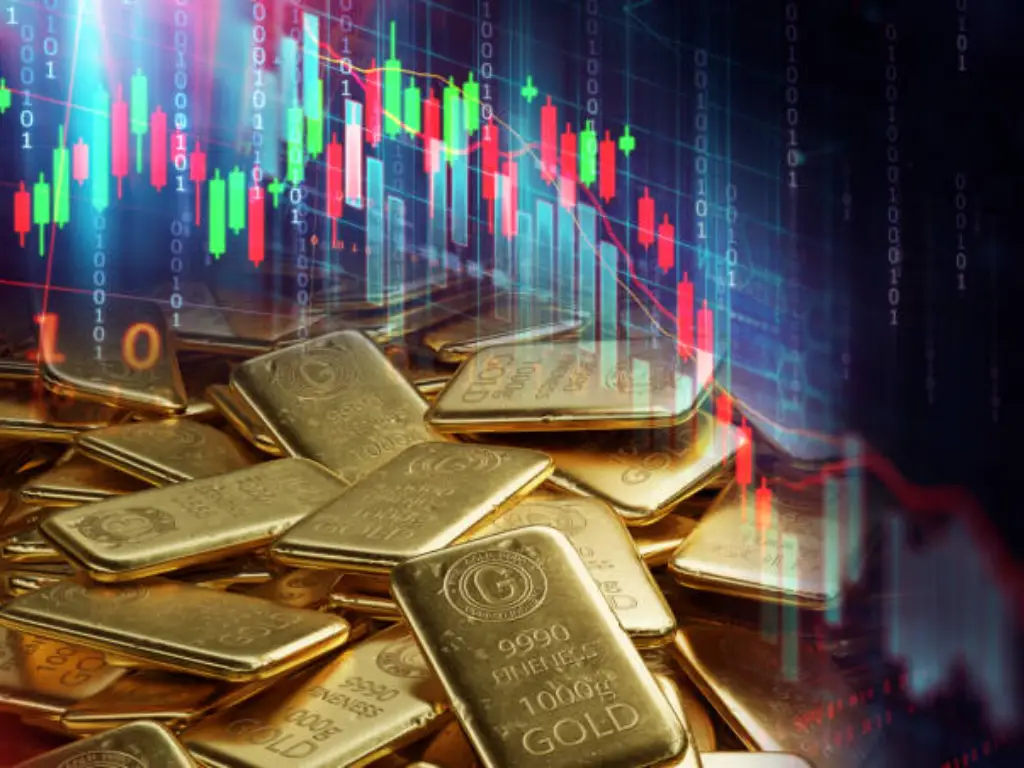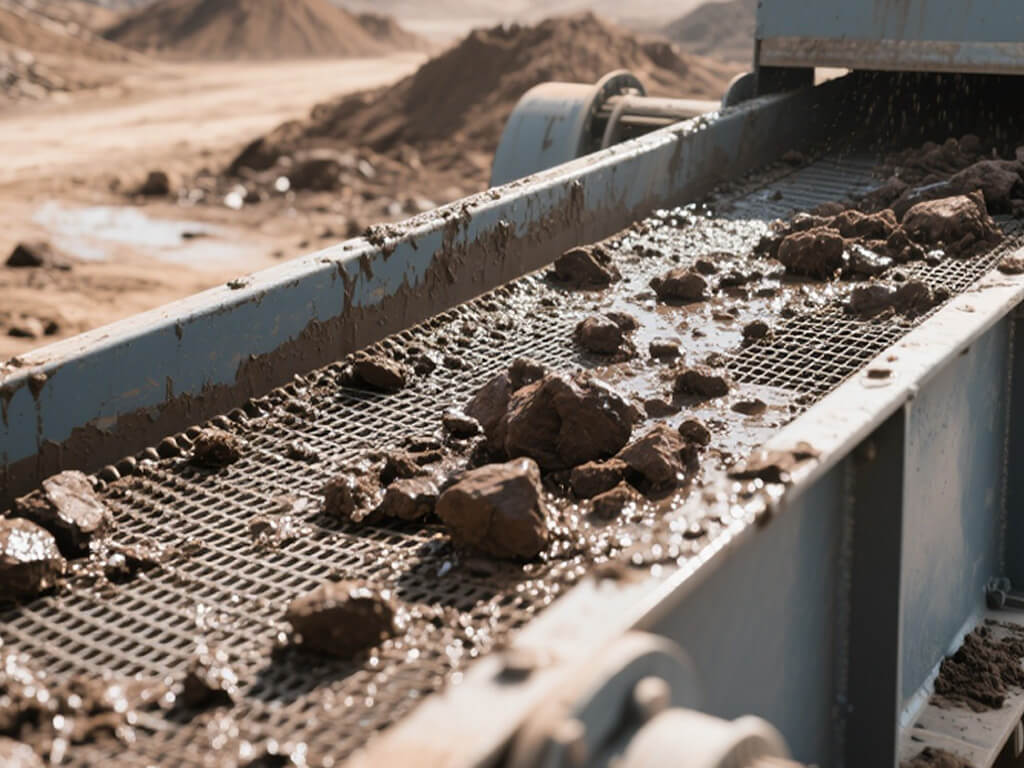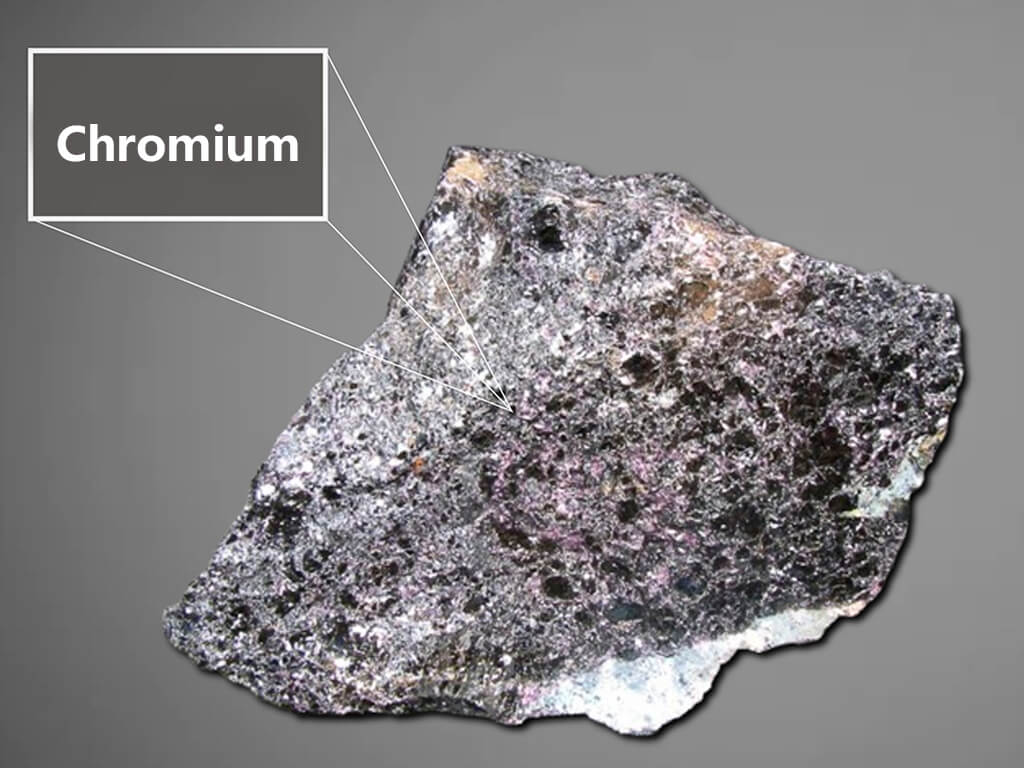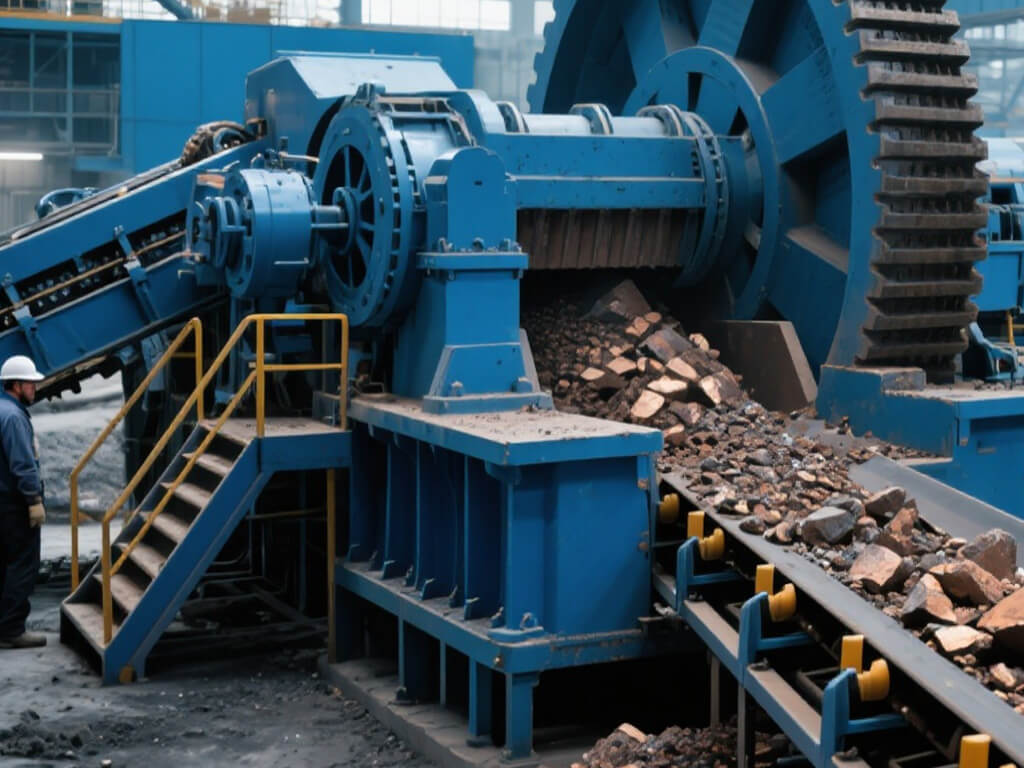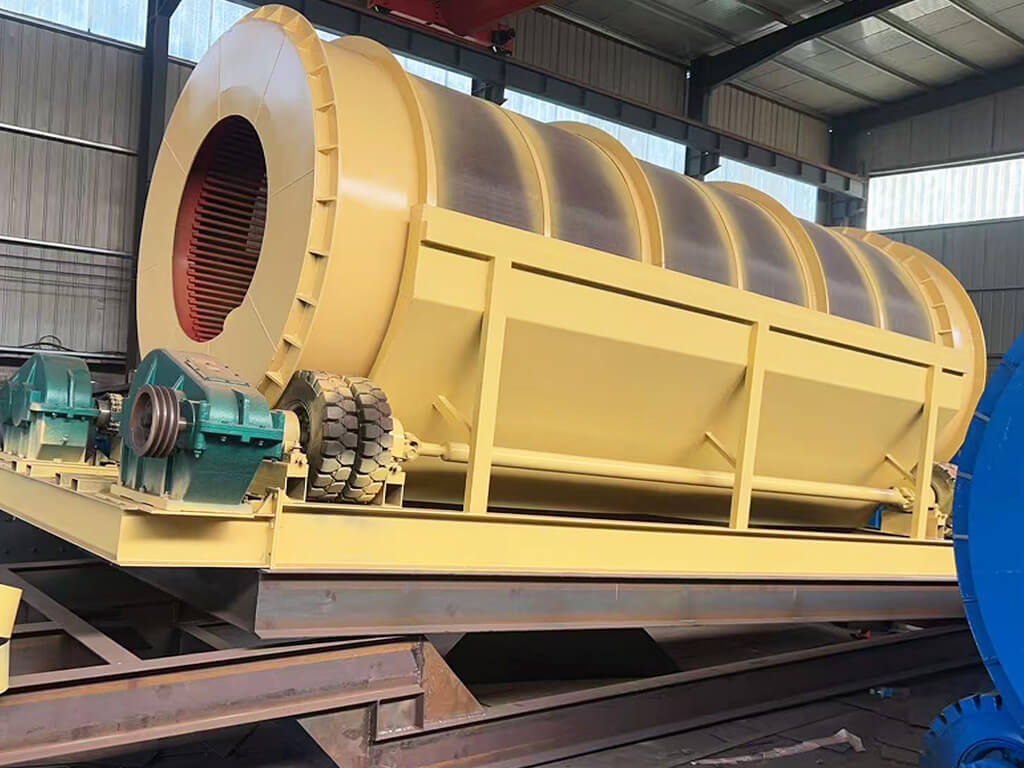- Home
- Blog
- Mineral Solution
- Unveiling What is the Most Expensive Metal and Its Value
- minejxsc
What is Precious Metal?
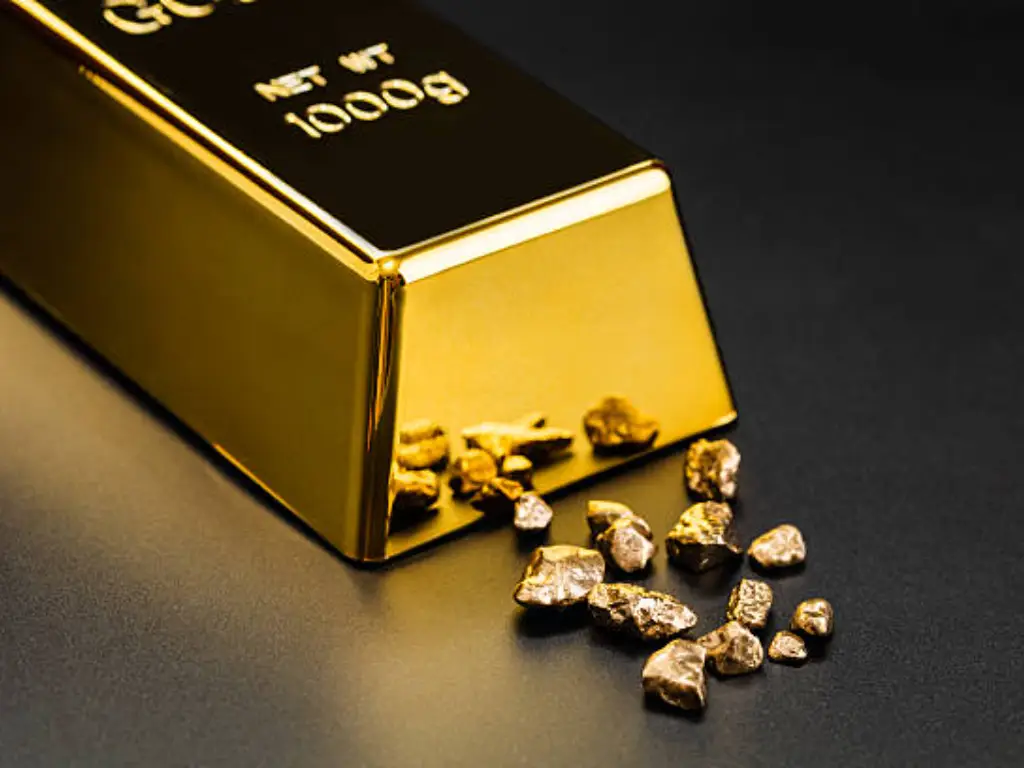
Precious Metals vs Base Metals
| Feature | Precious Metals | Base Metals |
|---|---|---|
| Rarity | Rare and limited in supply | More abundant and widely available |
| Value | High economic value | Lower economic value |
| Corrosion Resistance | Highly resistant to corrosion | Prone to corrosion |
| Uses | Jewelry, investment, industrial | Construction, manufacturing |
| Examples | Gold, silver, platinum | Copper, lead, zinc |
| Market Demand | Driven by investment and industrial uses | Driven by industrial and manufacturing uses |
The Ten Most Expensive Metals in the World
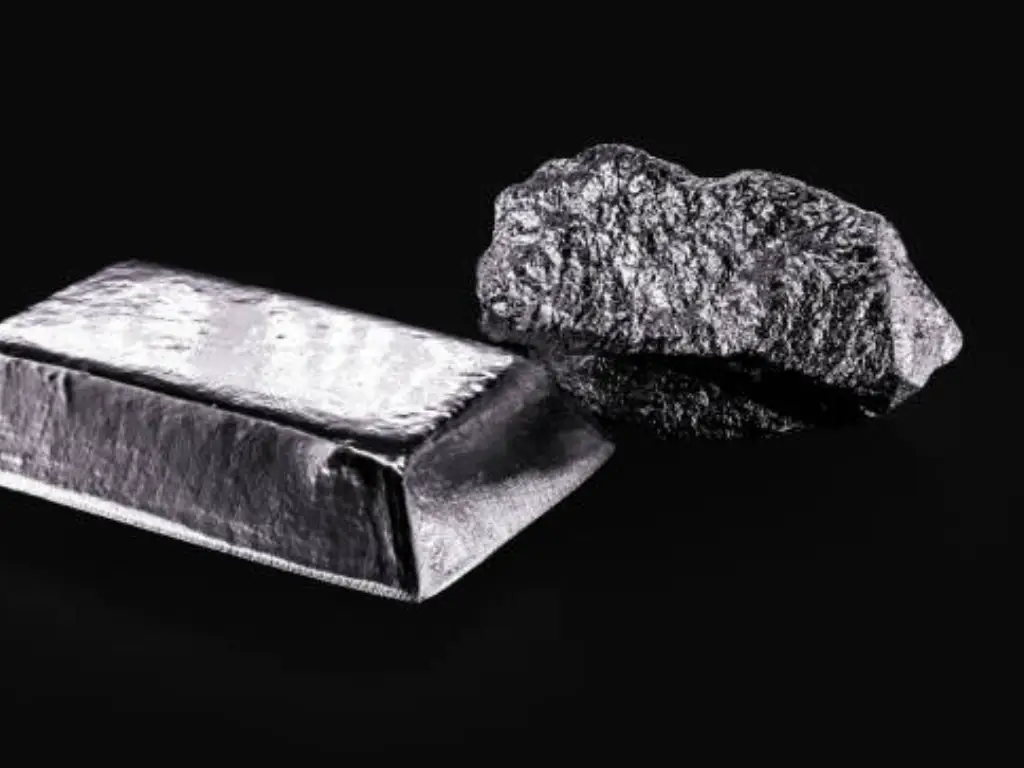
1.Rhodium
● Latest price: Approximately $14,000 per ounce.
● Description: Rhodium is one of the platinum group metals, which has high reflectivity and is resistant to corrosion. It is mainly produced as a co-product of platinum and nickel mining. This is because rhodium is very rare and used in the automotive industry for catalytic converters. It has some special characteristics like high melting point and hardness that make it useful in industries and in making jewelry.
2.Platinum
● Latest price: Around $1,000 per ounce.
● Description: Platinum, a dense, heavy and pliant metal is significantly unusual for its high-resistance against corrosion and the fact that it liquefies at very high temperatures. It is usually obtained during the extraction of nickel and copper from rich deposits in South Africa. Significantly, platinum has always been a valuable substance used in jewelry, often referred to as “white gold” because of its glittering look as well as its strength. Moreover, platinum’s fantastic catalytic abilities make it an indispensable metal in automobile industry where it is used to produce catalytic converters which help in reducing emission levels from vehicles.
3.Gold
● Production location: Extracted worldwide, with major producers in China, Australia, and Russia.
● Latest price: Approximately $1,800 per ounce.
● Description: Gold is one of the most valuable precious metals that has been in use for many centuries and is used in various industries. It is extracted from primary gold bearing ores and alluvial deposits which are deposits of sand and gravel in the river. Gold is highly conductive and does not tarnish, which makes it useful in electronics; it is shiny and can be shaped, which makes it ideal for making jewelry. In the course of human civilization, gold has always been associated with wealth and authority and up to date, it is one of the most secure investments. The constant demand for gold due to its beauty and usefulness keeps its price high in the market.
4.Ruthenium
5.Iridium
6.Osmium
7.Palladium
8.Rhenium
9.Silver
10.Indium
How to Identify Genuine Precious Metals?
Factors Affecting the Value of Metals
Historical Price Trends of the Most Expensive Metals
